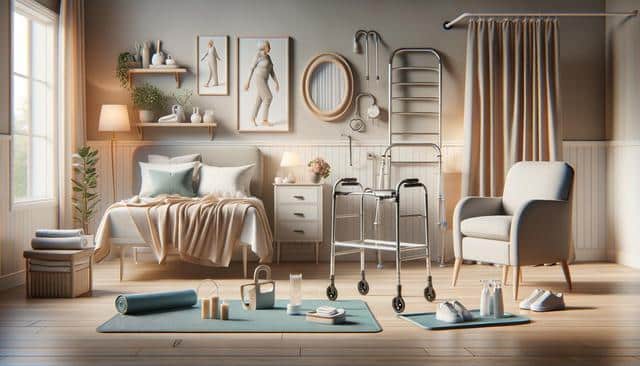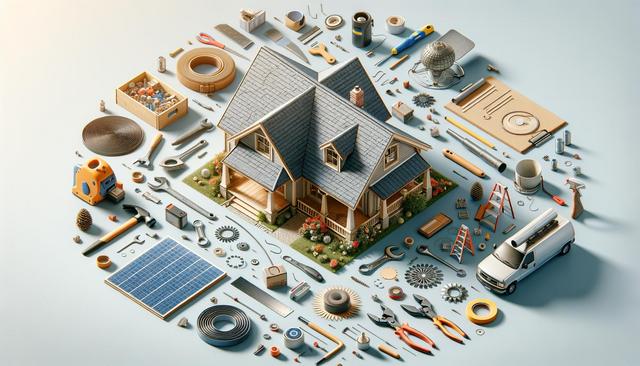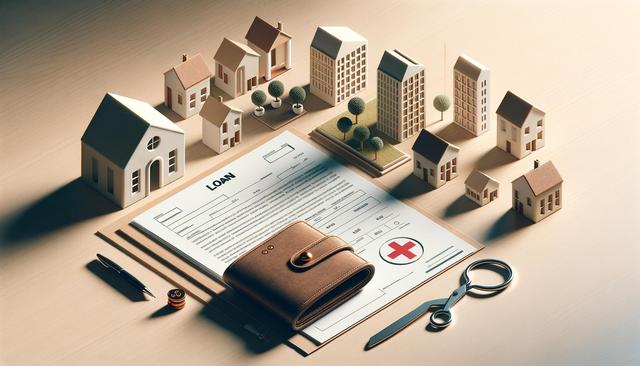
Simple and Effective Tools to Help Prevent Falls in Seniors
Understanding the Importance of Fall Prevention in Older Adults
Falls are one of the leading causes of injury among older adults, and they can have serious consequences on a senior’s health and quality of life. As people age, changes in balance, muscle strength, vision, and mobility increase the risk of falling. That’s why fall prevention is more than just a safety concern—it’s a crucial part of maintaining independence and reducing healthcare costs. Using fall prevention products for seniors is one of the most practical ways to lower these risks. These tools are designed to offer stability, support, and confidence in daily activities like walking, bathing, and getting in and out of bed.
Proactive fall prevention also helps reduce the emotional stress that both seniors and their families often face. By integrating elderly fall prevention devices into daily routines, many seniors can continue living comfortably at home rather than moving to assisted living facilities. This not only supports their physical safety but also nurtures their emotional well-being by preserving a sense of autonomy.
Types of Fall Prevention Products for Seniors
There is a wide range of fall protection products for elderly individuals, each catering to different mobility and health needs. These products can be categorized based on their function and the specific area of risk they address. Some of the most widely used fall prevention tools include:
- Grab bars and handrails for bathrooms and stairways
- Non-slip mats and flooring for bathrooms and kitchens
- Bed rails to prevent falls during sleep
- Motion-sensor night lights to improve visibility at night
- Personal emergency response systems (PERS) for immediate assistance
Choosing the right safety products for seniors to prevent falls depends on individual risk factors such as history of previous falls, medication side effects, and balance issues. It’s important to evaluate the living environment and daily habits when deciding which products would be most beneficial.
Mobility Aids That Enhance Safety and Confidence
Mobility aids for seniors play a significant role in preventing falls by offering physical support and enhancing balance. These tools not only help seniors move more safely but also encourage them to stay active. Common mobility aids include:
- Canes with ergonomic handles and anti-slip tips
- Walkers, including models with wheels for easier movement
- Rollators with built-in seats and storage compartments
- Wheelchairs with adjustable settings
Using these aids properly can significantly reduce the likelihood of a fall, especially when navigating uneven surfaces or transitioning from sitting to standing. Senior fall prevention equipment that supports mobility can also be customized to fit specific medical conditions, such as arthritis or joint replacement recovery.
Incorporating Technology into Fall Prevention
Modern technology has greatly enhanced the effectiveness of elderly fall prevention devices. Smart home systems and wearable devices now offer real-time monitoring and alert features that can detect falls and notify caregivers instantly. These advancements help bridge the gap for seniors who live alone or have limited caregiver support.
Some examples of tech-based fall prevention tools include:
- Wearable fall detectors connected to mobile apps
- Smart mats that sense movement and alert caregivers if unusual activity is detected
- Voice-activated assistants that allow seniors to call for help without needing to reach a phone
Integrating these tools into a senior’s daily life can offer peace of mind for family members while also empowering older adults to maintain their independence. As these devices become more user-friendly, they are increasingly becoming a staple in comprehensive fall prevention strategies.
Creating a Safe Living Environment
Beyond using products and devices, creating an environment that supports fall prevention is equally important. Many fall incidents occur at home due to clutter, poor lighting, or slippery surfaces. Making thoughtful changes to the living space can significantly enhance safety and reduce the need for constant supervision.
Here are a few environment-focused strategies that work well in tandem with fall protection products for elderly individuals:
- Keep pathways clear of cords, rugs, and furniture
- Install lighting with motion sensors in hallways and bathrooms
- Use furniture with stable builds and armrests for support
- Place frequently used items within easy reach to avoid overreaching
Combining a safe environment with reliable safety products for seniors to prevent falls creates a more holistic approach to fall prevention. These small but impactful changes contribute to safer daily routines and a more comfortable living space.
Conclusion: Supporting Safe and Independent Living
Fall prevention is a vital part of ensuring that seniors can live safely and independently. With the right combination of fall prevention products for seniors, elderly fall prevention devices, and mobility aids for seniors, it’s possible to create a living environment that reduces risk and promotes confidence. Whether it’s through installing grab bars, using wearable tech, or simply improving lighting, every action counts toward safeguarding an older adult’s well-being. For caregivers and family members, staying informed and proactive is key to providing the support seniors need to thrive at home.


